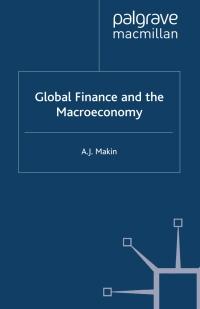4. Transaction exposure based on value at risk Suppose that Colorado Co., a U.S. based MNC, seeks to assess its transaction exposure using the value-at-risk (VaR) method over the next quarter. it is primarily concerned about its exposure in euros, as it has determined that the remainder of its portfolio is such that the effects of currency fluctuations fypically offset. Suppose that, based on historical data, it has determined that the expected change in the value of the tho is 2.00% over the next quarter and that the standard deviation of these changes is 2.00%. Colorado assumes that these changes are normally distributed, such that the maximum quarterly loss lies within 1.65 standard deviations below the expected change with 95% confidence. Under this scenario, the maximum one-quarter loss due to transaction exposure is approximately with 95% confidence. Now suppose that, based on updated data, the standard deviation of changes in the euro is actually 5.00%. All eise remains unchanged. Under this scenario the maximum one-quarter loss due to transaction exposure is approximately with 95% confidence- Based on these results, the larger standard deviation of the change in the euro, the the maximum loss will be. 4. Transaction exposure based on value at risk Suppose that Colorado Co. a U.S. based MNC, seeks to assess its transoction exposure using the value-at-risk (VaR) method over the next quarter. It is primarily concerned about its exposure in euros, as it has determined that the remainder of its portfolio is such that the effects of currency fluctuations typically offset. Suppose that, based on historical data, it has determined that the expected change in the value of the euro is - 2.00% over the next quarter and that the standard deviation of these changes is 2.00%. Colorado assumes that these changes are normally distributed, such that the maximum quarterly loss lies within 1.65 standard deviations below the expected change with 95% confidence. Under this scenario, the maximum one-quarter loss due to transaction exposure is approximately with 95% confidence. Now suppose that, based on updated data, the standard deviation of changes in the euro is actuall Under this scenario the maximum one-quarter loss due to transaction exposure is approximately Based on these results, the larger standard deviation of the change in the euro, the with 95% confidence








